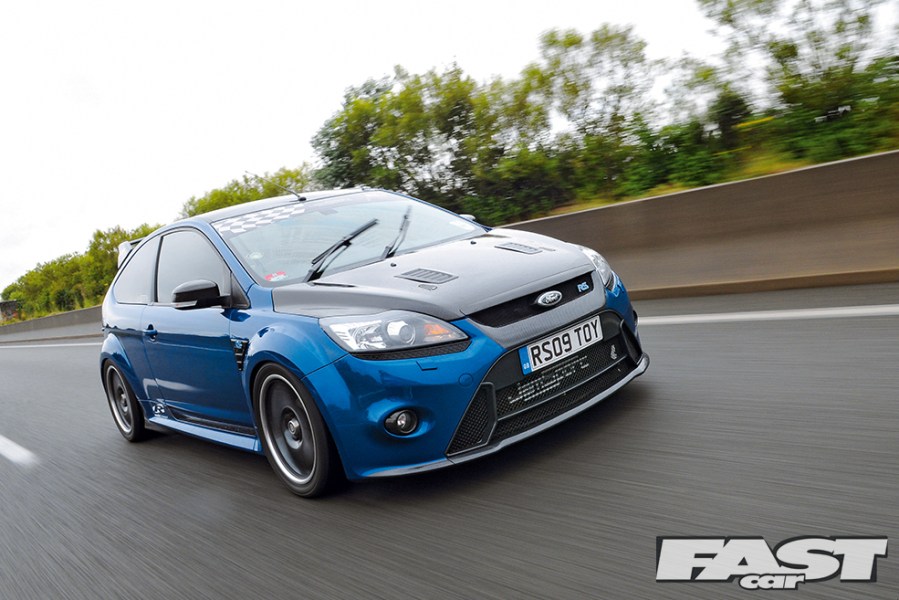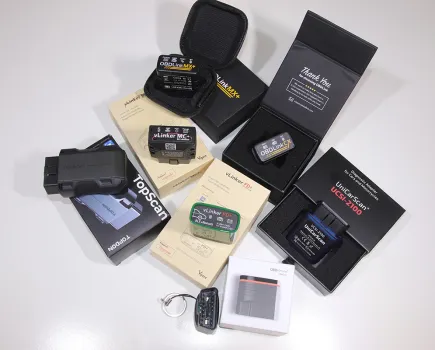Here’s a few handy fast driving tips that can help you enjoy yourself behind the wheel… and also prevent you ending up in a ditch.
Fast Driving Tips:
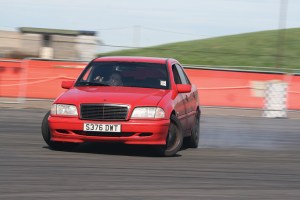
Lift-Off Oversteer
Unless you are trying to induce oversteer and are well capable of controlling it, never panic and sharply jump off the gas when cornering, even if you are already oversteering. Why? Well, this can induce a weight transfer that may either provoke oversteer to begin, or in the case of a car already power oversteering, it can make it snap back the other way violently. Naturally, both outcomes can end in either a spin or a crash – not ideal! Instead, the most sensible thing to do is to progressively let off the gas, lessening how severe the weight transfer is, and enabling you to counter any unwanted oversteer a little more easily.

Plan Ahead
Look as far ahead in the road as possible and try to spot and anticipate any problems. Blindly ploughing on and reacting at the last minute will ultimately slow you down, as you may not be in the right gear and road position to take on the next corner in the best possible way. And besides, a lack of planning ahead also greatly increases the chance of an accident.
We hate to sound like your mother, but while windy single lane B-roads may be fun, they need to be handled with care. Sure, they may have a speed limit far in excess of how fast you’re going, but even when cruising, you should always be ready to react to whatever may be lurking behind the next blind bend. Many B-roads are not wide enough to take avoiding action if you come across another car, so your fun is likely to turn sour fairly quickly if you simply put your foot down and hope for the best.
Even straight roads with good visibility can pose problems, as although you might be aware of your surroundings, you can’t rely on other drivers to be competent. The likelihood of drivers pulling out on you when you are driving quickly is probably higher than you might think, but looking further ahead for cars and junctions will minimize these risks.
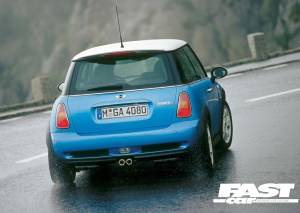
Understeering Hell
Although understeer is usually far less worrying to most than oversteer, the amount of fast driving that ends with a car understeering into a kerb and being damaged is still high, so you should avoid it at all costs. When a car understeers, most people’s automatic reaction, understandably, is to turn the steering wheel even more, but winding on more lock in an understeer situation actually makes the problem worse, so winding off a little steering lock until the car re-grips should actually be the thing to do.
Understeer is most common as power understeer, i.e., when the driver is trying to accelerate round a corner. In that scenario, the simple solution is usually to let off the gas, though if you let off too sharply it might create a lift off oversteer situation, so be careful. Conversely, understeer when off the throttle can often be reduced or eliminated, especially on RWD cars or FWD cars with limited slip diffs, by applying some throttle, helping the car finally pull itself in the direction the wheels are pointing.
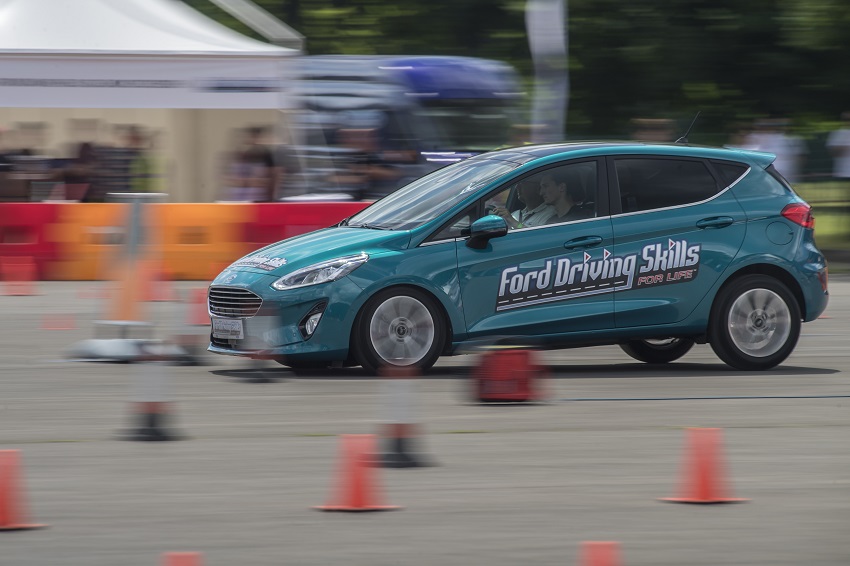
Don’t Lock Up
Locking up your wheels under braking creates tire smoke, noise, and can even flat spot your tires, but it also seriously increases your braking distance. Although the majority of cars these days have ABS, you can’t always totally rely on that to prevent the wheels locking, so prepare to decrease pedal pressure a little if required to unlock the wheels. Finally, as mentioned previously, the grippier your tires are, the less likely they are to lock up under braking: another big advantage of good performance tires.

Know Your Limits
As much as we would all like to think we are world class drivers, the likelihood is that we are far from it. Pushing the car like you are on a WRC stage is the main cause of a spirited road drive ending in tears – after all, even top WRC drivers regularly crash!
Fast driving is fun, just keep it safe and sensible and within the limits of the law. If you want to really push yourself and your car to the limit, take it to the track.

